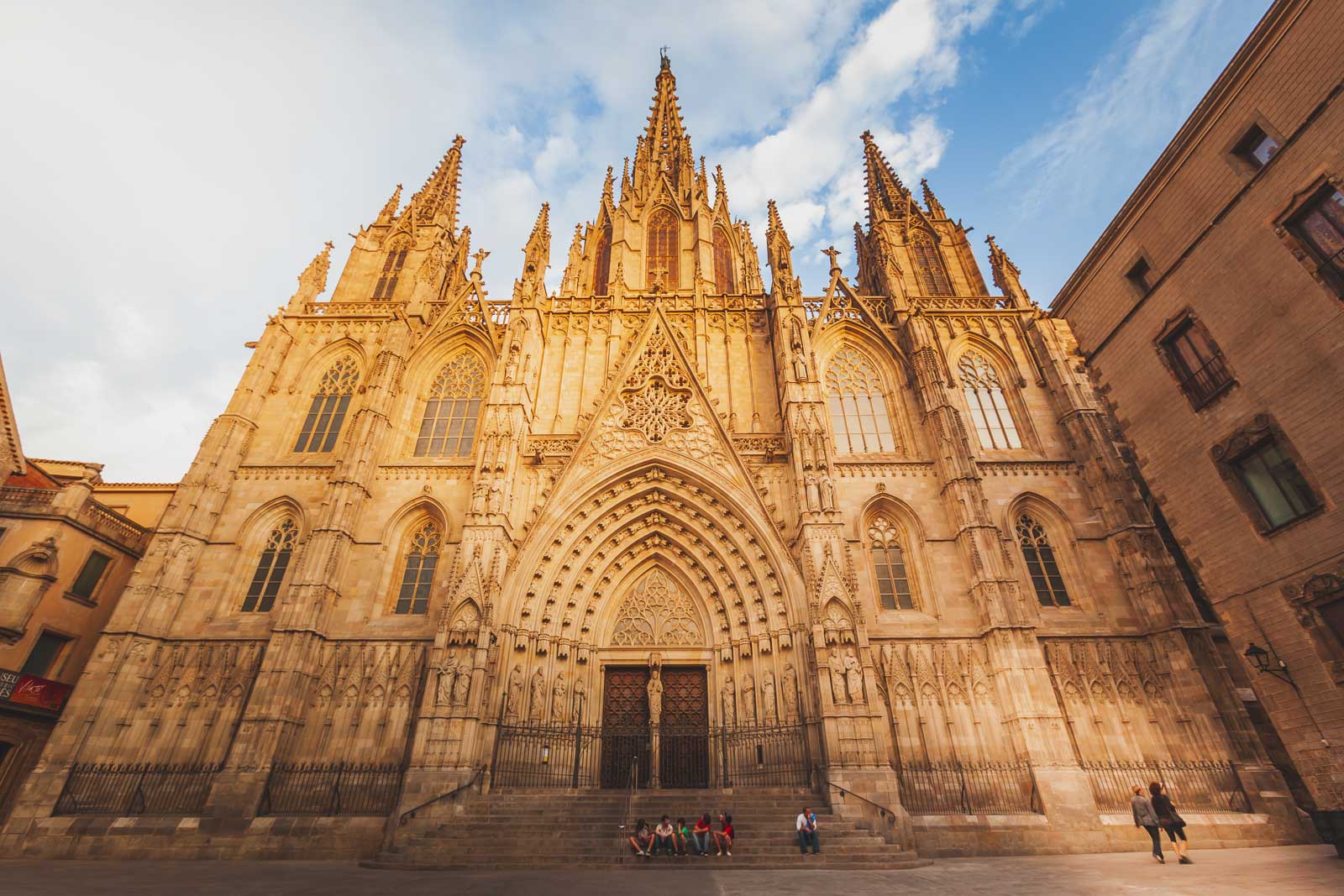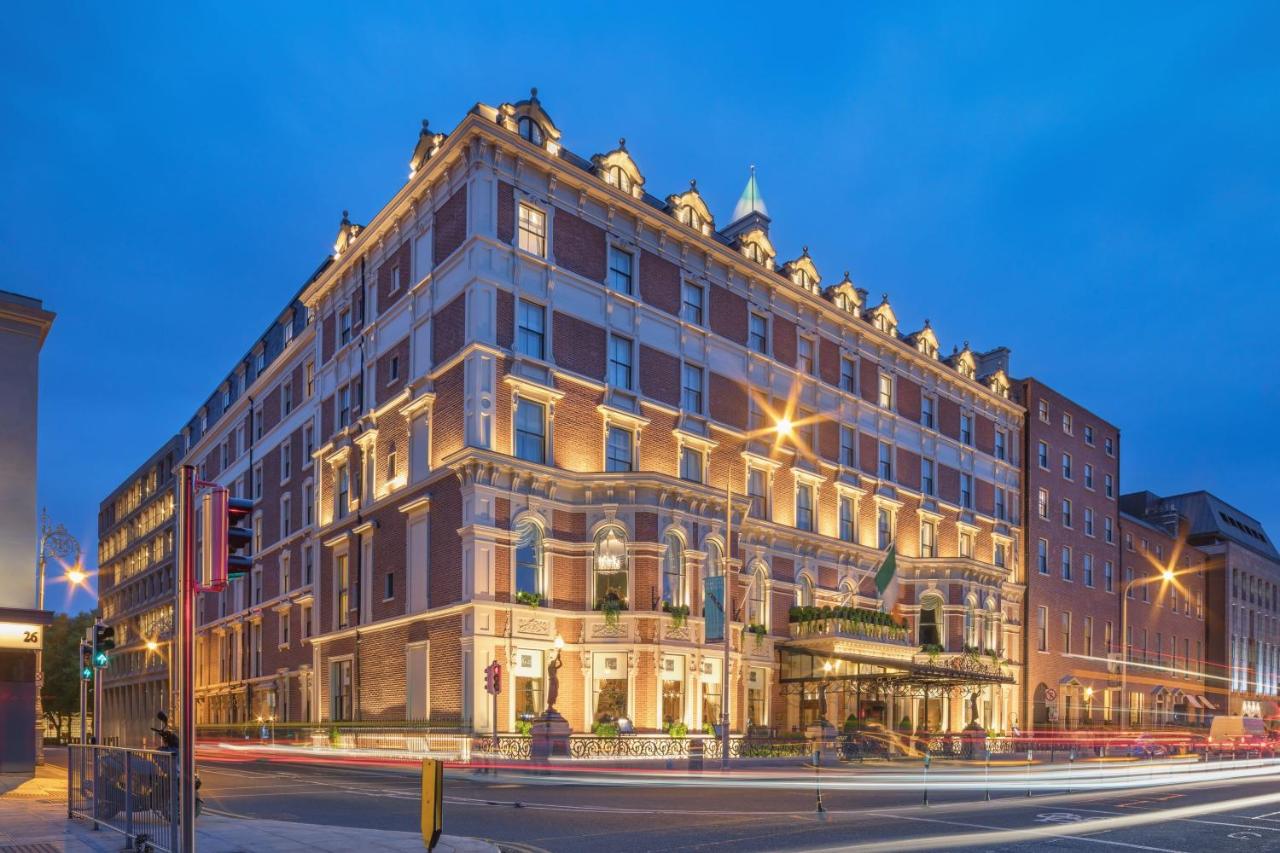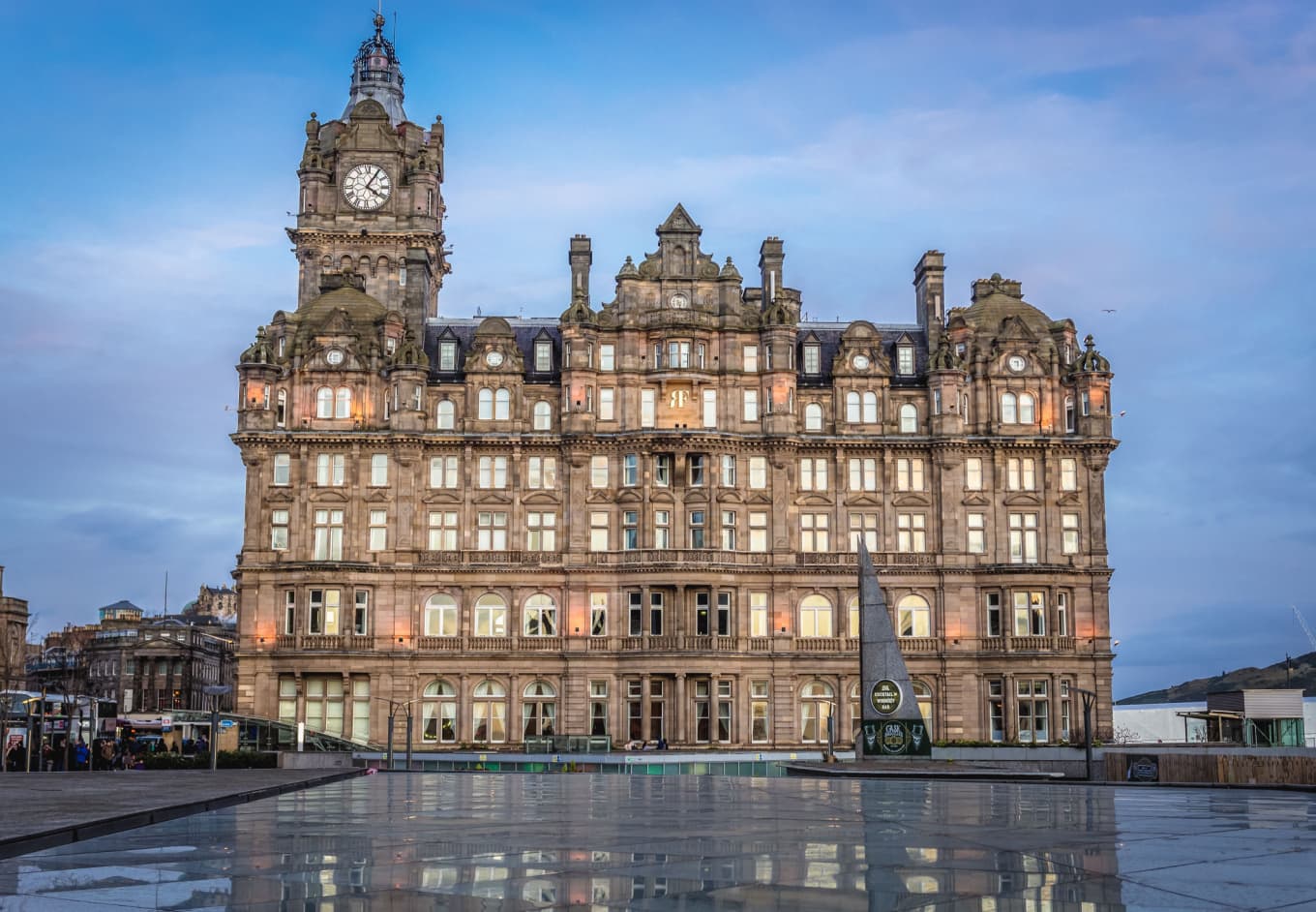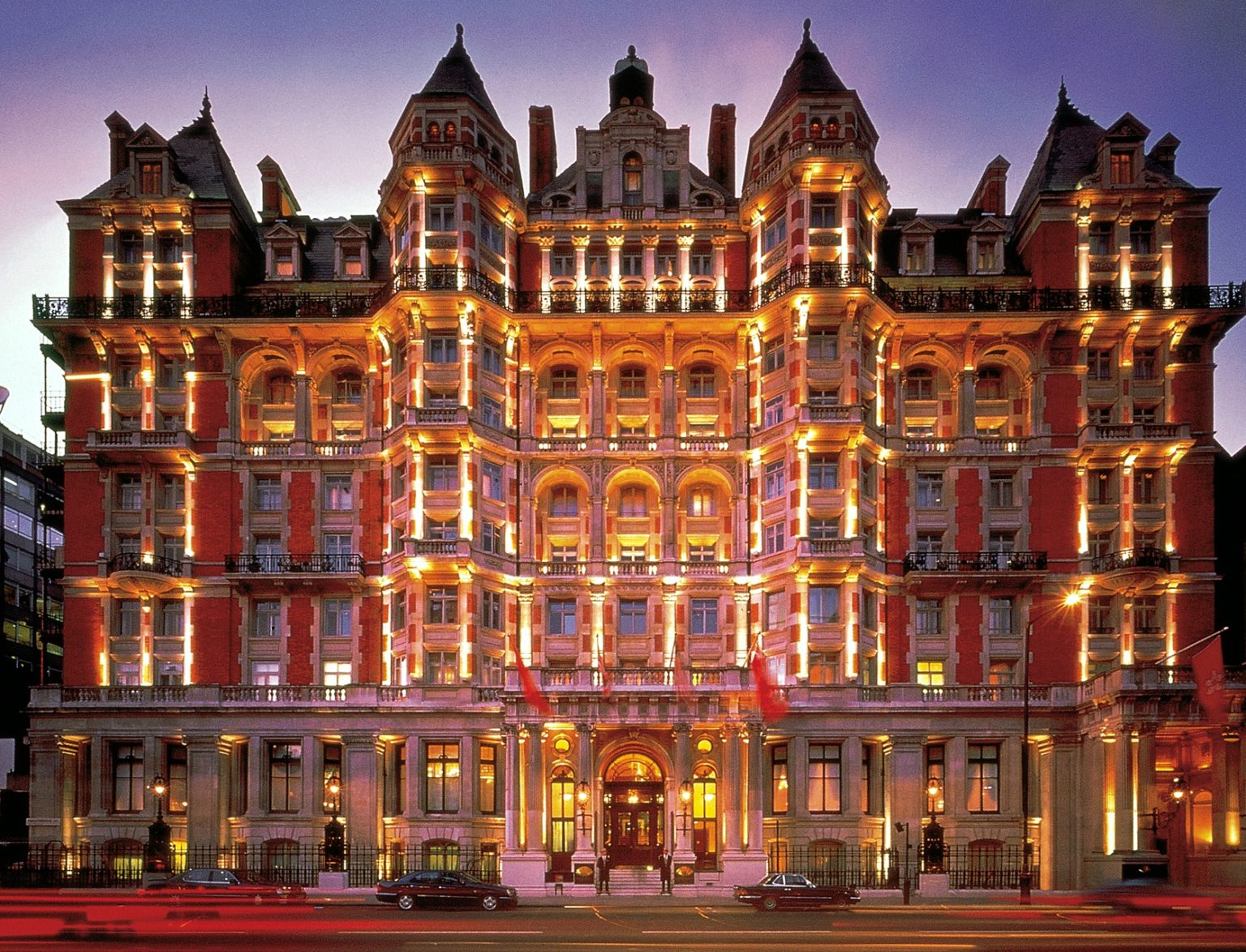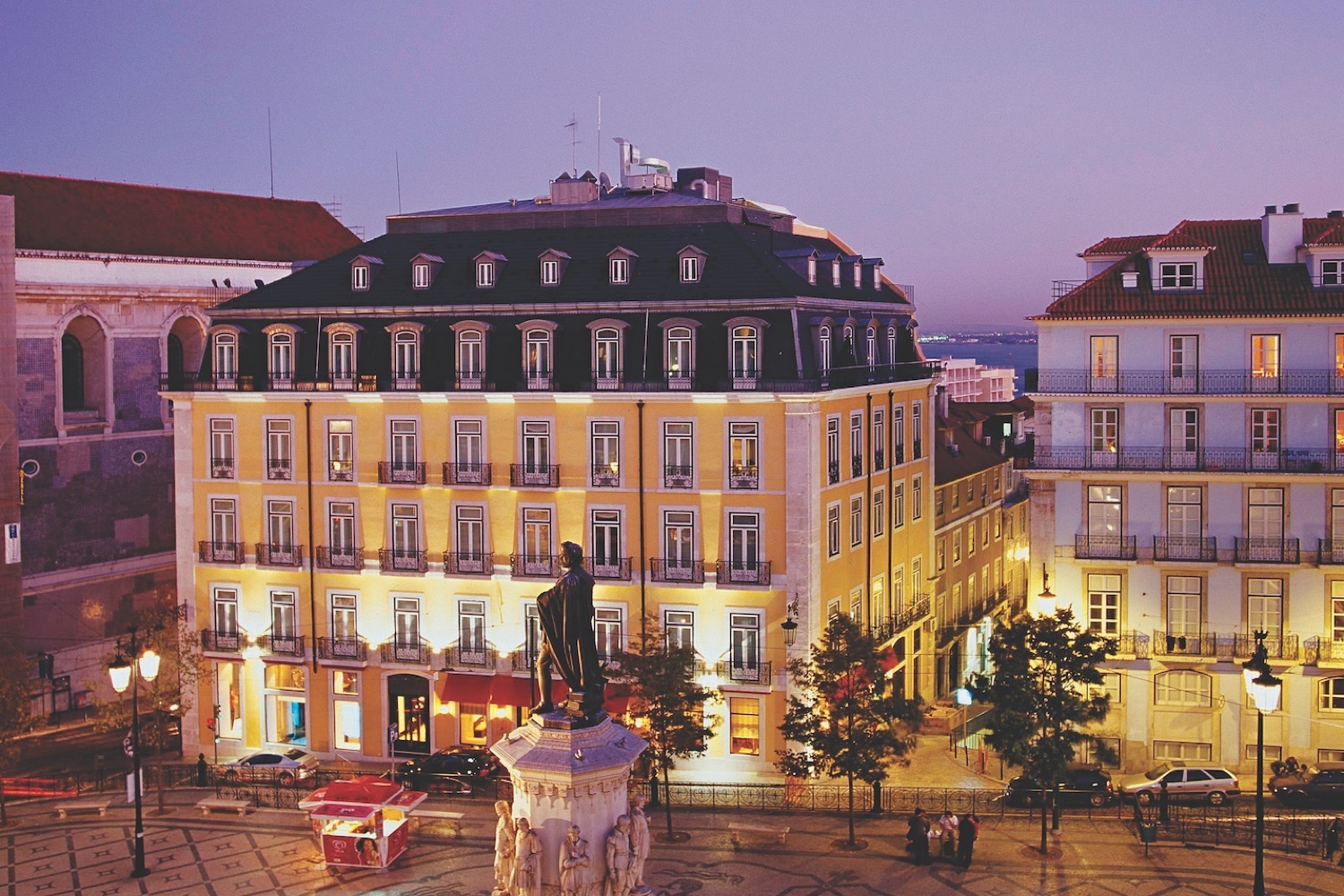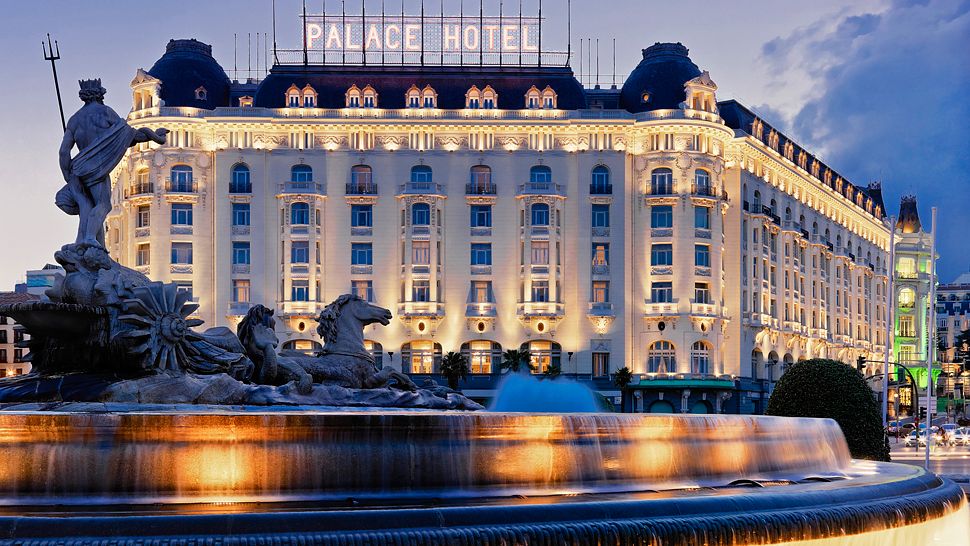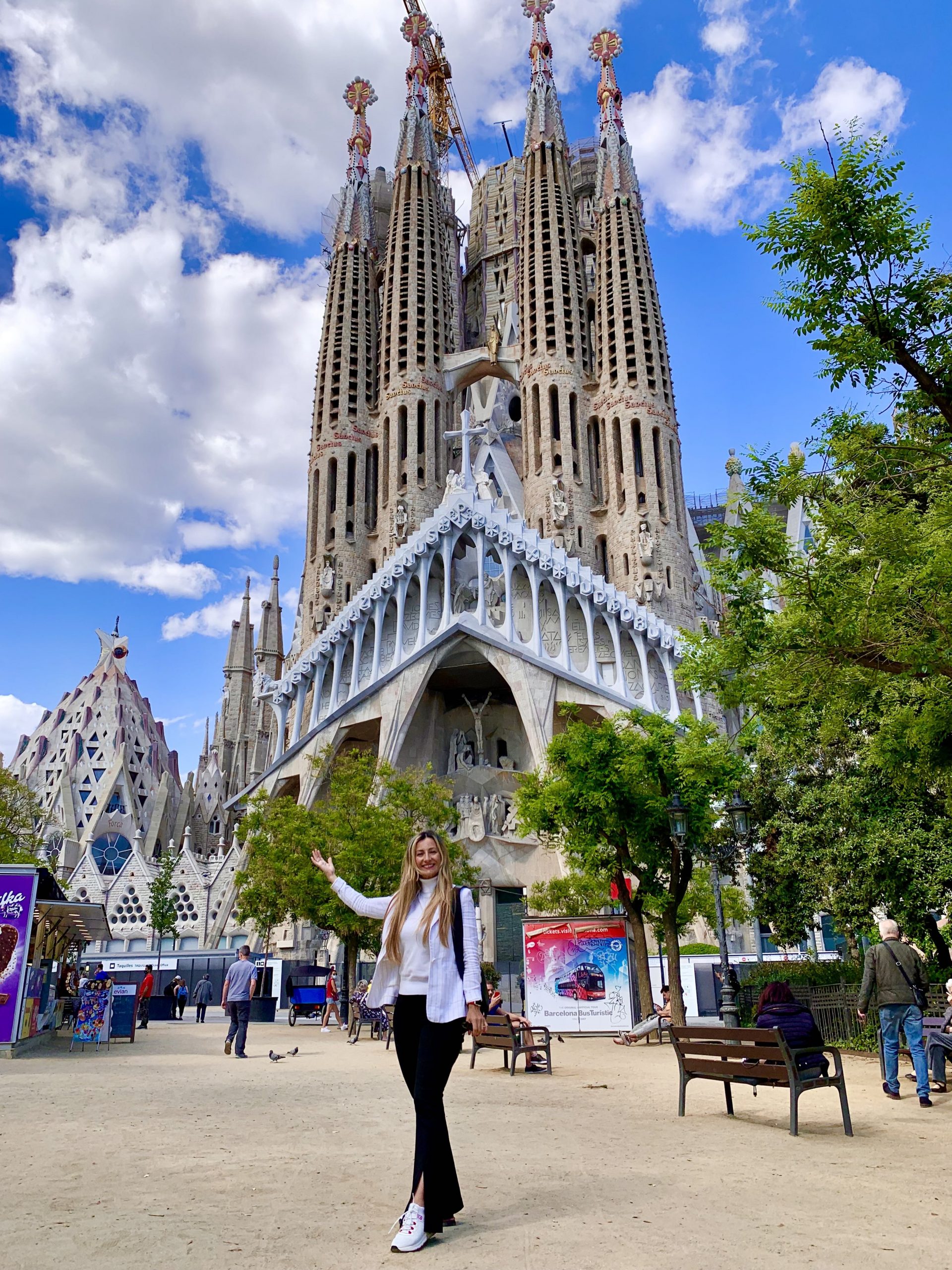
Barcelona, the vibrant capital of Catalonia, is a city that pulsates with an energy unlike any other. Nestled between the mountains and the Mediterranean Sea, it’s a destination where ancient Roman walls stand alongside architectural masterpieces of Modernisme, where bustling markets overflow with local delicacies, and where sun-drenched beaches invite relaxation. From its rich and complex history to its world-renowned art, delectable cuisine, and effervescent atmosphere, Barcelona offers an unparalleled travel experience. This article delves into the best places to visit, uncovering the layers of this magnificent city and providing essential tips for an unforgettable journey.
A Tapestry of Time: Barcelona’s Enduring History
Barcelona’s story is a long and captivating one, stretching back over two millennia. Founded as a Roman city, Barcino, in the 1st century BC, its strategic location on the Iberian Peninsula quickly made it a significant port. Remnants of this Roman past can still be seen in the Gothic Quarter, with parts of the ancient city walls and underground archaeological sites preserving its origins.
Related Articles about Barcelona: A Kaleidoscope of Culture, History, and Mediterranean Charm:
- Kenya: A Timeless Tapestry of Wildlife, Culture, and Adventure – Your Ultimate Travel Guide
- Seychelles: An Archipelago of Unforgettable Allure
- Chile: A Land of Extremes and Unforgettable Adventures
- Sweden: A Symphony of History, Nature, and Modernity – Your Ultimate Guide to the Land of the Midnight Sun
- China: A Journey Through Time, Taste, and Grandeur
Following the fall of the Roman Empire, Barcelona experienced periods under Visigothic rule and a brief, though culturally influential, Moorish presence in the early 8th century, though it was quickly reclaimed by the Franks. The city truly began to flourish during the Middle Ages as the capital of the County of Barcelona and later as a major maritime power of the Crown of Aragon. This era saw the construction of magnificent Gothic cathedrals and palaces, testament to its economic and political might. Barcelona’s vibrant Jewish quarter, El Call, also thrived during this period, contributing significantly to the city’s intellectual and commercial life.
The union of the Crowns of Castile and Aragon in the late 15th century, and the subsequent discovery of the Americas, shifted Spain’s economic focus to the Atlantic, leading to a period of decline for Barcelona. However, the 19th century brought a powerful resurgence with the Industrial Revolution, transforming Barcelona into an economic powerhouse once more. This wealth fueled the Catalan Renaixença (Renaissance), a cultural and political movement that championed Catalan identity and led to the explosion of Modernisme architecture. This artistic movement, spearheaded by figures like Antoni Gaudí, Lluís Domènech i Montaner, and Josep Puig i Cadafalch, left an indelible mark on the city, shaping its iconic skyline.
The 20th century was marked by political turmoil, including the Spanish Civil War (1936-1939), which saw Barcelona as a staunch Republican stronghold and a target of heavy bombardment. The subsequent Franco dictatorship suppressed Catalan culture and language, but after Franco’s death in 1975, Barcelona experienced a remarkable democratic and cultural revival. The 1992 Olympic Games were a pivotal moment, catalyzing massive urban regeneration, opening the city to the sea, and propelling Barcelona onto the global stage as a major tourist destination. Today, Barcelona proudly embraces its unique Catalan identity, a blend of ancient traditions and modern innovation.
Main Attractions: The Jewels in Barcelona’s Crown
Barcelona’s landscape is dotted with masterpieces, each telling a part of its rich story.
1. Sagrada Familia: No visit to Barcelona is complete without witnessing Antoni Gaudí’s unfinished magnum opus. This colossal basilica, a UNESCO World Heritage site, is a breathtaking fusion of Gothic and Art Nouveau forms, adorned with intricate facades depicting biblical scenes and a forest-like interior of soaring columns and stained-glass windows. Construction began in 1882 and is projected to be completed in 2026, the centenary of Gaudí’s death. Its sheer scale, detail, and spiritual aura make it an unparalleled architectural wonder.
2. Park Güell: Another Gaudí masterpiece, Park Güell is a whimsical public park system composed of gardens and architectonic elements. Originally conceived as a residential complex, it features vibrant mosaic work (trencadís), unique stone structures, playful sculptures like the famous mosaic lizard "El Drac," and stunning panoramic views of the city. Strolling through its colorful pathways feels like stepping into a fairytale.
3. Barri Gòtic (Gothic Quarter): The historical heart of Barcelona, the Gothic Quarter is a labyrinth of narrow, winding streets, hidden squares, and ancient buildings. Here, you’ll find the majestic Barcelona Cathedral, dating back to the 13th century, with its impressive Gothic façade and charming cloister housing 13 geese. Explore Plaça Sant Jaume, the political center with the Palau de la Generalitat and City Hall, and discover remnants of Roman walls, medieval synagogues in the old Jewish Quarter, and atmospheric courtyards.
4. Las Ramblas & La Boqueria Market: This bustling, tree-lined pedestrian boulevard stretches for 1.2 kilometers, connecting Plaça de Catalunya with the Christopher Columbus Monument at Port Vell. While touristy, it’s an essential Barcelona experience, alive with street performers, flower stalls, and human statues. Off Las Ramblas, don’t miss Mercat de Sant Josep de la Boqueria, a vibrant public market bursting with fresh produce, seafood, meats, and delicious tapas stalls – a feast for the senses.
5. Montjuïc: This prominent hill offers a fantastic escape with incredible views, cultural institutions, and lush gardens. Take the cable car or funicular up to Montjuïc Castle, a former military fortress offering commanding vistas. Explore the Magic Fountain of Montjuïc, renowned for its spectacular light and music shows (check schedules). The hill is also home to the National Art Museum of Catalonia (MNAC) and the Olympic Park from the 1992 Games.
6. El Born Cultural and Memorial Center & Santa Maria del Mar: El Born is a trendy, historic neighborhood adjacent to the Gothic Quarter. Its centerpiece is the El Born CCM, a fascinating archaeological site revealing the streets and homes of Barcelona from 1700, preserved under a grand market hall. Nearby stands the stunning Santa Maria del Mar, a masterpiece of Catalan Gothic architecture, known for its elegant proportions and soaring interior, built by and for the people of Barcelona in the 14th century. The Picasso Museum is also located in El Born.
7. Passeig de Gràcia: Casa Batlló & La Pedrera (Casa Milà): This elegant avenue is Barcelona’s most upscale shopping street and a showcase for Modernisme architecture. Here, you’ll find two more of Gaudí’s residential marvels: Casa Batlló, with its skeletal façade, dragon-like roof, and marine-inspired interiors; and La Pedrera (Casa Milà), a wavy, organic apartment building topped with surreal chimney sculptures. Both offer incredible insights into Gaudí’s innovative genius.
8. Barceloneta Beach: For a dose of sun and sea, head to Barceloneta, the city’s most famous urban beach. Perfect for sunbathing, swimming, or enjoying a leisurely stroll along the promenade, it’s lined with chiringuitos (beach bars) serving refreshing drinks and seafood.
9. Gràcia: Once an independent town, Gràcia retains a distinct village-like atmosphere with its charming plazas, independent boutiques, and bohemian vibe. Plaça del Sol and Plaça de la Vila de Gràcia are perfect for people-watching over a coffee or vermut. It’s a delightful neighborhood to explore away from the main tourist crowds.
A Culinary Journey: Savoring Barcelona’s Local Food
Barcelona’s food scene is a delightful blend of traditional Catalan flavors, fresh Mediterranean ingredients, and innovative culinary techniques.
- Tapas: While not exclusively Catalan, tapas are a cornerstone of Spanish dining. Enjoy small plates like patatas bravas (fried potatoes with spicy sauce), pimientos de Padrón (small fried green peppers), gambas al ajillo (garlic shrimp), and tortilla Española (Spanish omelet).
- Paella: Although originating from Valencia, paella is widely available and enjoyed in Barcelona. Look for paella de marisco (seafood paella) or fideuà, a noodle version of paella.
- Pan con Tomate (Pa amb Tomàquet): A quintessential Catalan dish, simple yet delicious. Toasted bread rubbed with fresh tomato, garlic, and drizzled with olive oil. It accompanies almost every meal.
- Esqueixada de Bacallà: A refreshing salad of shredded salted cod, tomatoes, onions, olives, and bell peppers.
- Butifarra amb Mongetes: A hearty dish of grilled Catalan sausage served with white beans.
- Crema Catalana: The Catalan answer to crème brûlée, a creamy custard dessert with a caramelized sugar crust.
- Cava: Catalonia’s sparkling wine, often enjoyed as an aperitif or with meals.
- Vermut: A popular pre-lunch drink, often served with olives and crisps, particularly on weekends.
- Markets: Beyond La Boqueria, explore Mercat de Sant Antoni for a more local market experience, or Mercat de la Concepcio for flowers.
Remember that dinner is typically eaten late in Barcelona, often starting around 9 PM or 10 PM.
The Best Time to Visit
Barcelona enjoys a Mediterranean climate, making it appealing year-round, but certain seasons offer distinct advantages:
- Spring (April-May): Arguably the best time. The weather is pleasantly warm (18-25°C), skies are often clear, and the city is in full bloom. Crowds are manageable before the summer rush.
- Autumn (September-October): Similar to spring, with comfortable temperatures (20-28°C) and fewer tourists than summer. The sea is still warm enough for swimming in early autumn.
- Summer (June-August): Hot and humid (28-35°C), with peak tourist crowds and higher prices. However, it’s also a vibrant time with many festivals, outdoor events, and the beach at its best.
- Winter (November-March): Mild and cooler (10-15°C), with fewer tourists and lower prices. It can be rainy, but sunny days are common. Ideal for exploring museums and enjoying a more local pace. Christmas markets and festive lights add charm in December.
Nearby Hotels: Where to Stay in Barcelona
Barcelona offers a vast range of accommodation options, from luxury five-star hotels to charming boutique guesthouses and budget-friendly hostels. Choosing the right neighborhood can enhance your experience:
- Gothic Quarter (Barri Gòtic) & El Born: Perfect for history lovers, these areas offer atmospheric stays in renovated historic buildings, close to the cathedral, Picasso Museum, and countless tapas bars. Can be bustling.
- Eixample: This elegant, grid-patterned district is home to Gaudí’s masterpieces (Casa Batlló, La Pedrera), upscale shopping, and a wide array of stylish hotels, from grand establishments to modern boutiques. It’s well-connected and generally quieter than the old town.
- Gràcia: For a more bohemian, local vibe, Gràcia offers boutique hotels and guesthouses around its charming plazas. It’s slightly further from the main tourist sites but easily accessible by metro.
- Barceloneta & Port Olímpic: Ideal for beach lovers, these areas offer hotels with sea views and easy access to the sand and seafood restaurants.
- Poble Sec & Sant Antoni: Up-and-coming neighborhoods, popular with younger travelers, offering a good mix of trendy bars, restaurants, and more affordable accommodation options.
Getting Around: Barcelona’s Excellent Transportation Options
Barcelona boasts an efficient and extensive public transportation system, making it easy to navigate the city.
- Metro: The fastest and most convenient way to get around. The network covers most major attractions and neighborhoods.
- Buses: A comprehensive bus network complements the metro, reaching areas not covered by underground lines. Night buses (NitBus) operate after metro hours.
- Trams: Useful for connecting specific areas, particularly along the coast and to the newer districts.
- Funiculars & Cable Cars: Essential for reaching Montjuïc, offering scenic views.
- Walking: Many of Barcelona’s most charming areas, like the Gothic Quarter, El Born, and Gràcia, are best explored on foot. Wear comfortable shoes!
- Bicing: Barcelona’s public bike-sharing system is a great way to see the city, especially along the flat coastal areas. Note: it requires a subscription.
- Taxis & Ride-Sharing: Readily available throughout the city. Taxis are black and yellow.
- Hola Barcelona Travel Card: This pass offers unlimited journeys on public transport for 2, 3, 4, or 5 consecutive days and is often the most cost-effective option for tourists.
Travel Tips for a Seamless Barcelona Experience
- Book in Advance: For popular attractions like Sagrada Familia and Park Güell, book your tickets online well in advance to avoid long queues and guarantee entry.
- Watch Your Belongings: Barcelona is known for pickpocketing, especially in crowded areas like Las Ramblas, metro stations, and tourist sites. Be vigilant, keep bags secure, and avoid carrying valuables in back pockets.
- Learn Basic Phrases: While many locals speak English, learning a few basic phrases in Catalan ("Hola," "Gràcies," "Bon dia") or Spanish ("Hola," "Gracias," "Buenos días") will be appreciated.
- Comfortable Shoes: You’ll do a lot of walking, so comfortable footwear is essential.
- Siesta Times: While less prevalent in the city center, some smaller shops and businesses may close for a few hours in the afternoon (roughly 2 PM to 5 PM).
- Dining Etiquette: Dinner is typically late (9 PM onwards). Tipping is not mandatory but appreciated for good service; rounding up the bill or leaving a few euros is common.
- Stay Hydrated: Especially in summer, carry water with you.
- Respect Local Culture: Dress modestly when visiting churches and be mindful of noise levels in residential areas, especially late at night.
Barcelona is more than just a destination; it’s an experience that awakens the senses and enriches the soul. From the ancient stones of the Gothic Quarter to the futuristic curves of Gaudí’s masterpieces, the aroma of paella, and the vibrant hum of Catalan life, this city invites you to explore, discover, and fall in love. With its blend of history, art, gastronomy, and a palpable zest for life, Barcelona promises an unforgettable journey into the heart of Catalonia. So pack your bags, prepare your senses, and let the magic of Barcelona sweep you off your feet.
